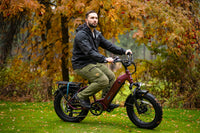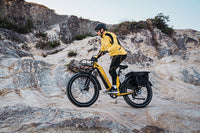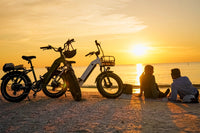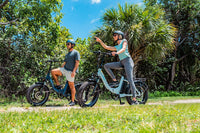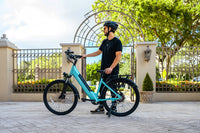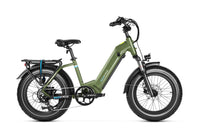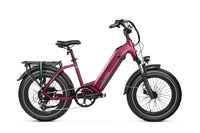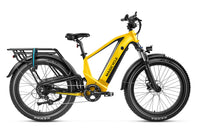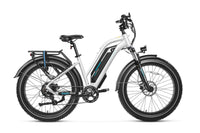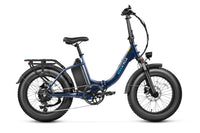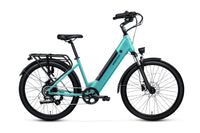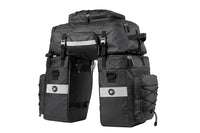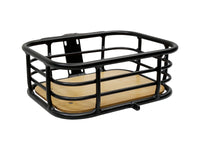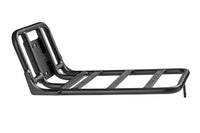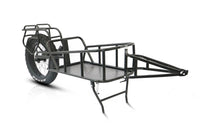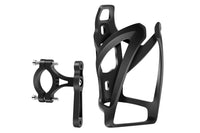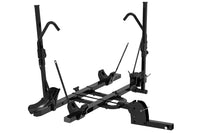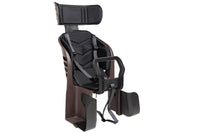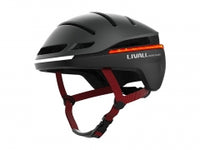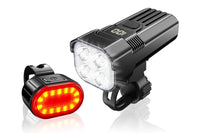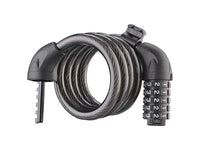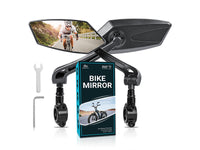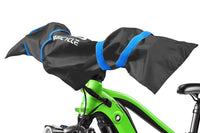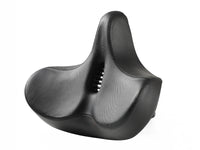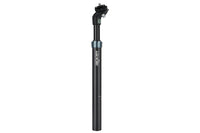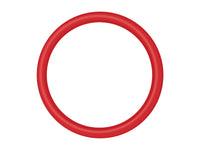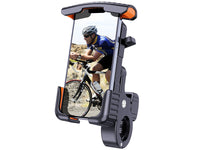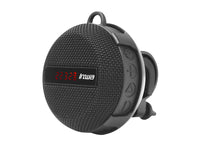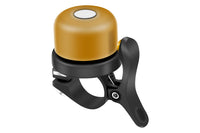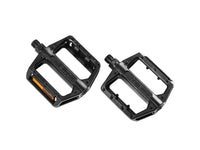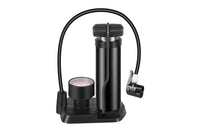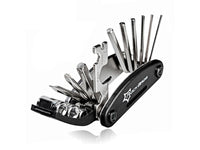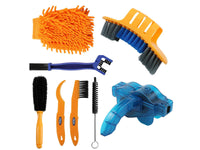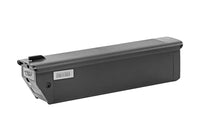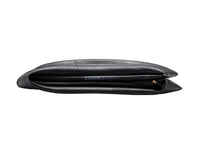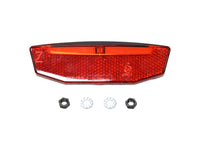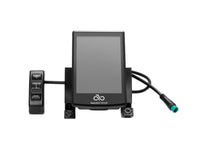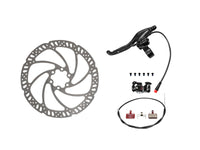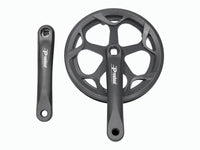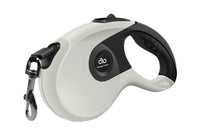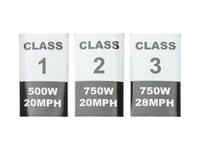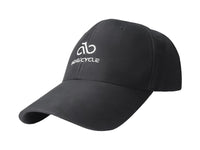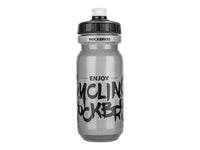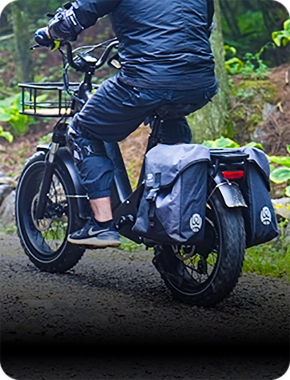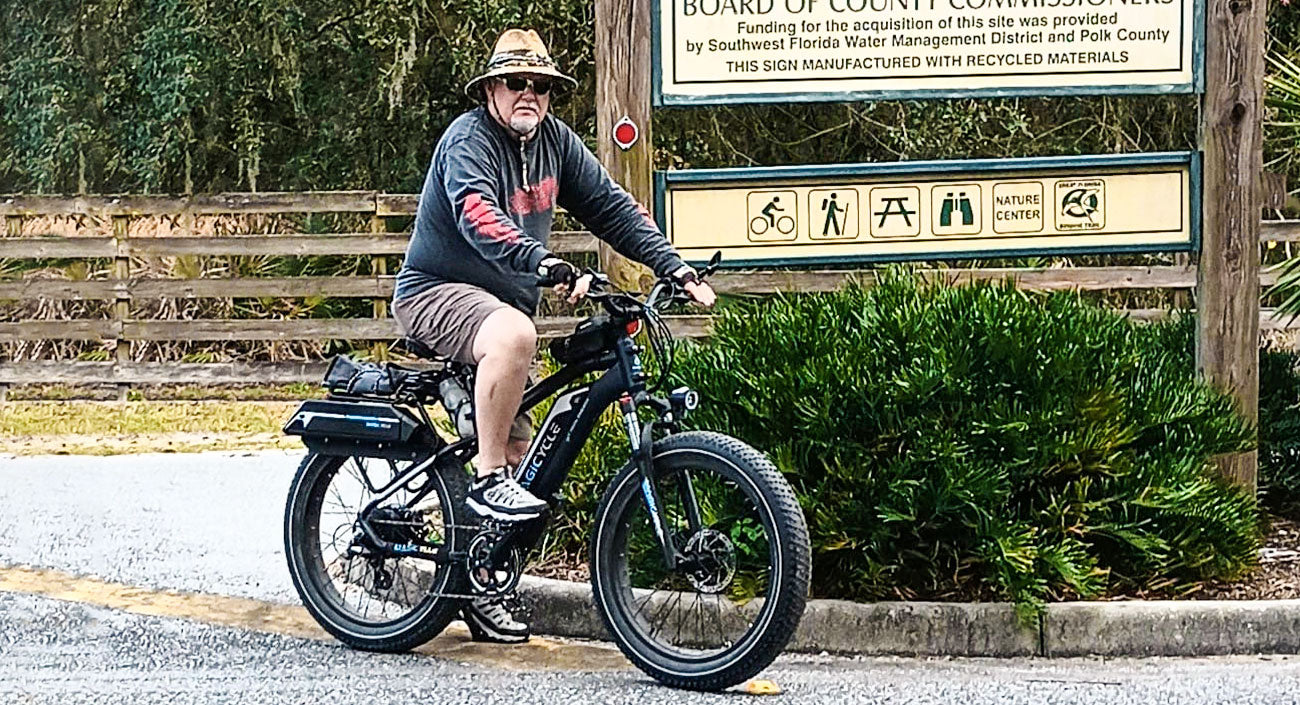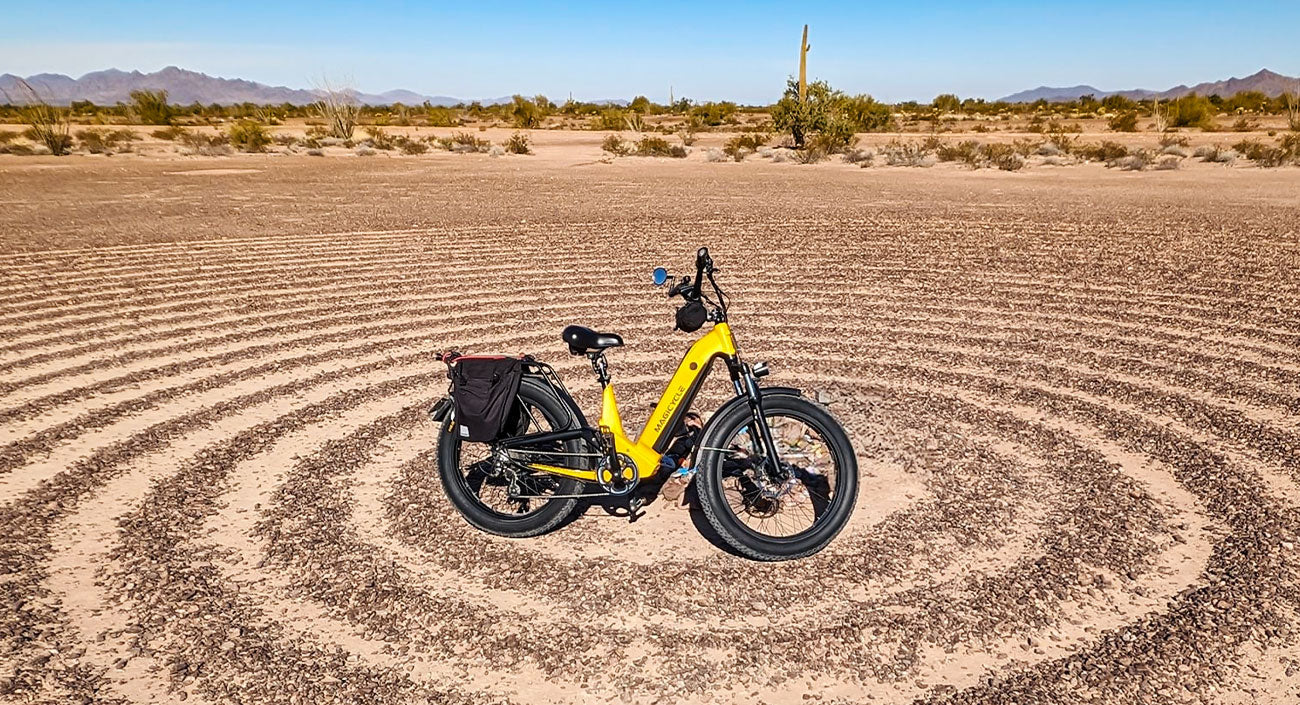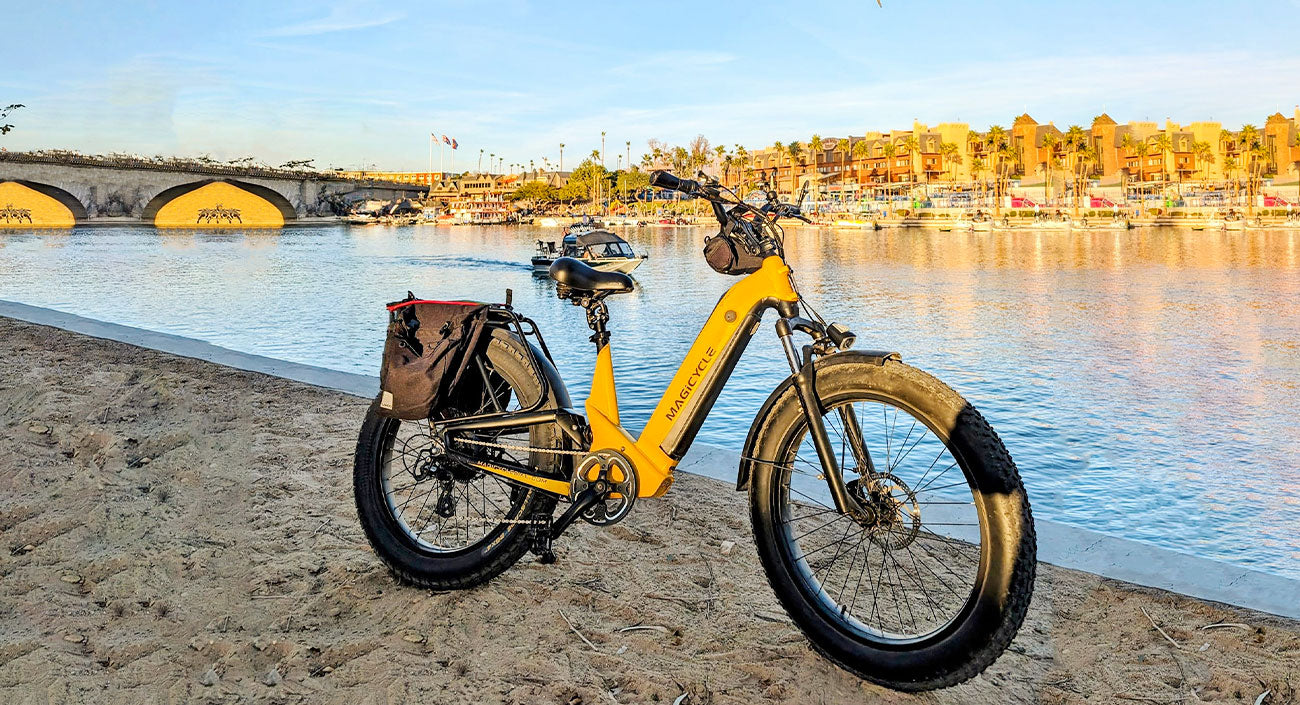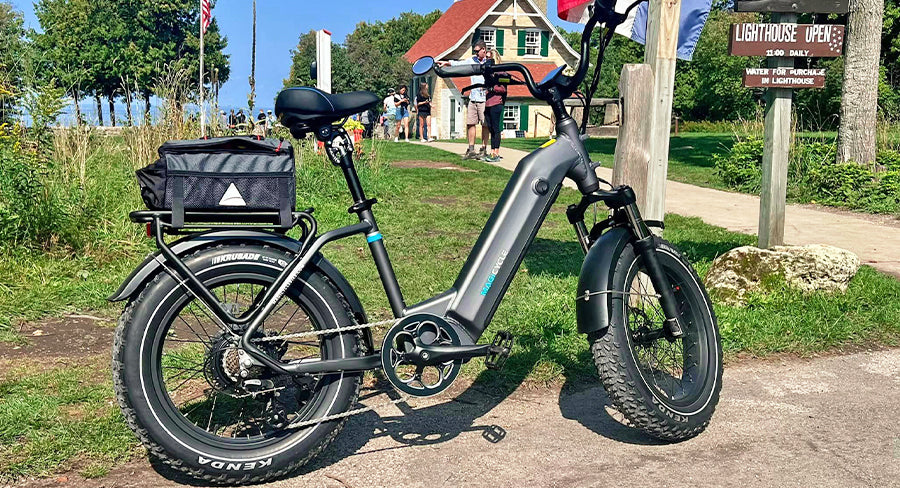 September 19,2023
September 19,2023
 September 19,2023
September 19,2023
There is no need to explain how fun it is to ride an electric bike, but if you don't have fenders on your ebike, you could be in for a wet and messy ride.
Fenders are designed to protect you from the elements, including rain, snow, mud, debris, etc. They are able to do this by blocking the water and dirt that would otherwise splash up from your tires and onto your body(your back mostly), clothes, and face. It is not difficult to understand if you’ve ever ridden a traditional bike.
Without fenders, you're likely to end up soaked to the bone on a rainy day. You may also end up with mud-covered clothes and a dirty chain, which can cost you much time to maintain. In addition to being uncomfortable, this can be dangerous. Muddy brakes can cause you to lose control of your electric bike, and a wet seat can make it difficult to pedal.
If you ride your ebikes on city streets, you're also likely to encounter a lot of debris, such as broken glass, cigarette butts, and paper. Fenders can help to protect you from these objects, which can puncture your tires or cause you to slip.
So, do you need fenders on your ebikes, the answer is yes if you're looking to stay dry, clean, and safe while you're riding them.
Contents
Here Are 2 Main Benefits of Using Fenders on Your Ebike
Stay dry and clean: Installing fenders can help riders keep their clothes dry and clean, even in wet weather. This is especially important if you're riding in a city, where there are often puddles and standing water.
Protect your bike: Fenders can help to protect your electric bikes from mud, dirt, and debris. In the long run, it is going to save you a lot of time and money for maintaining your electric bikes.
Speaking of ebike maintenance, If you have any doubts about that, Magicycle’s blog about how to main your ebikes is going to help you out.
Keep These Things in Mind When You Are Buying Fenders for Your Ebikes
If you're considering getting fenders for your ebikes, there are a few things you should keep in mind. First, you'll need to make sure that the fenders are compatible with your bike, especially when you are buying them online. Second, you'll need to decide what kinds of fenders you want.
There are two main types of fenders: full fenders and spat fenders. Full fenders cover both the front and rear wheels, while spat fenders only cover the rear wheel. So, you need to make a choice based on your needs. Full fenders are quite common and more effective at keeping you and your electric bikes clean, but they can also be more expensive. Spat fenders are less expensive, but they don't provide as much protection.
How to Install Fenders on Your Ebike
Once you've purchased your fenders, it's time to install them. This is usually a relatively simple process, but it's important to follow the instructions that come with your fenders. Below are the general steps on how to install fenders on your ebike:
-
Gather the necessary tools: You will need a set of fenders specifically designed for your ebike model, along with basic tools such as a wrench and screwdriver.
-
Prepare the bike: Clean the area where the fenders will be installed. Remove any dirt, debris, or existing brackets that may interfere with the installation.
-
Install the brackets: Most fender sets come with brackets that attach to the frame or fork of the eBike. Follow the instructions provided with the fenders to locate the appropriate mounting points and securely attach the brackets using the supplied hardware.
-
Adjust the fender position: Position the fenders over the wheels, ensuring they provide sufficient coverage and clearance from the tires. Make sure the distance between the fender and tire is consistent on both sides.
-
Attach the fenders: Once the brackets are in place, align the fenders with them. Secure the fenders to the brackets using the included fasteners or screws. Tighten them firmly but avoid overtightening, as it can damage the fenders or bike frame.
-
Check clearance and alignment: Before completing the installation, double-check to make sure they don't rub against the tires when the wheels are spinning. Make adjustments to the fender position if needed to ensure proper clearance.
-
Test and make final adjustments: Take a short test ride to ensure that the fenders remain stable and properly aligned during normal riding conditions. If you notice any issues, such as rattling or rubbing, make further adjustments as necessary.


















































